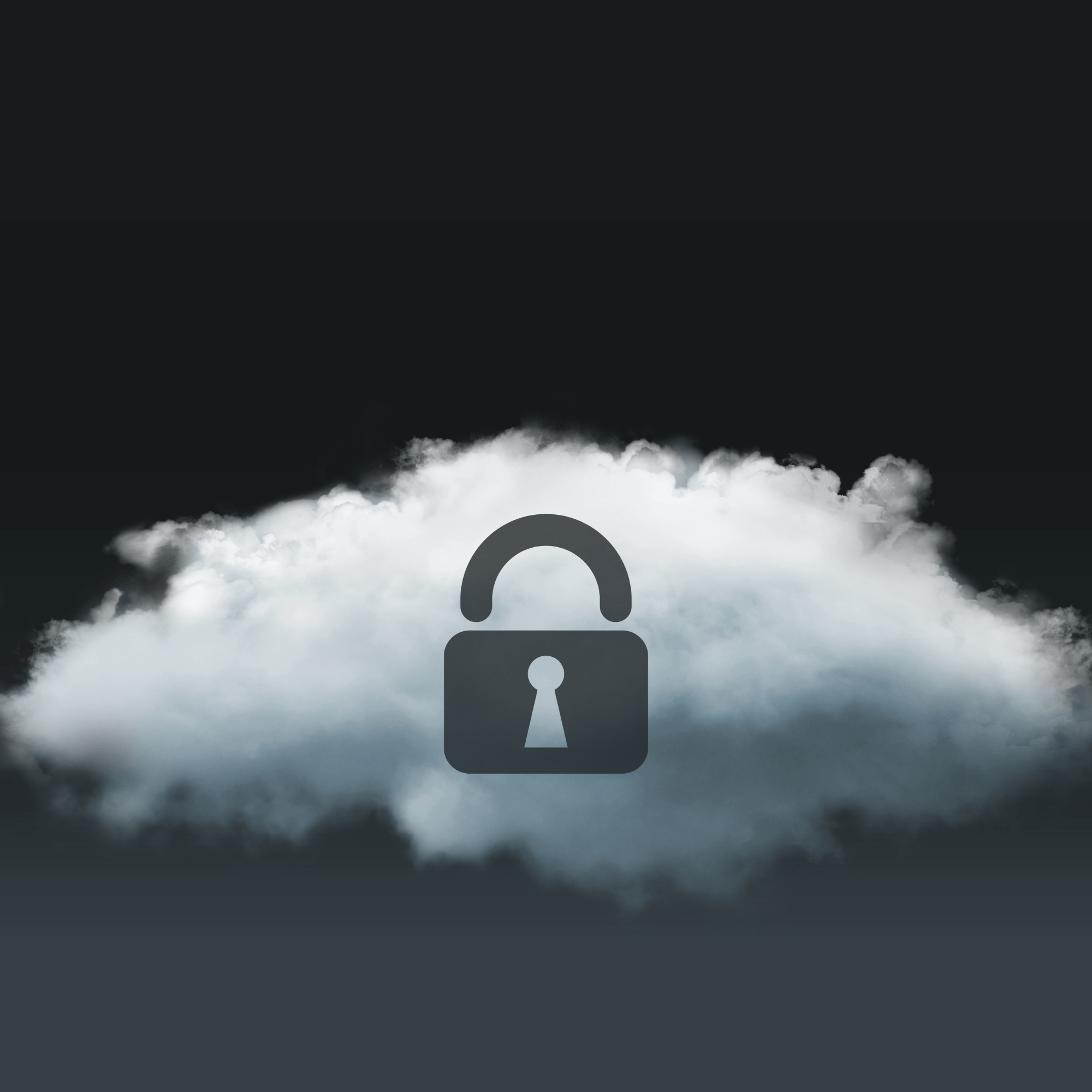As businesses evolve, so must their technology. Legacy systems that once served well can become bottlenecks, hindering growth and innovation. Modernization is no longer an option, but a necessity for organizations aiming to remain competitive in today’s fast-paced digital world. At Wayfare, we have worked with numerous clients, helping them navigate the complexities of software modernization. In this article, I will dive into the strategies we use, focusing on how to approach modernization, the different techniques available and how businesses can leverage these processes to stay ahead.
The Gartner TIME Model: A Framework for Modernization
One of the most critical decisions organizations face when modernizing their software is identifying which applications to target. At Wayfare, we recommend using Gartner’s TIME model as a starting point. TIME stands for Tolerate, Innovate, Migrate or Eliminate, providing a structured framework to assess an application’s business value and technical fit.
- Tolerate: These applications are non-critical, but offer some value to the business. Although they may be outdated, they can be tolerated for a short period due to their integration with other systems or low risk. However, they should eventually be phased out.
- Innovate: Applications that bring significant business value and are technically sound fall into this category. They should be invested in further to ensure continued innovation and maximum business benefit.
- Migrate: Many of the applications we encounter at Wayfare fall into this quadrant. These systems hold substantial business value, but are technologically outdated. The challenge lies in migrating these critical applications to modern platforms while maintaining their business logic and functionality.
- Eliminate: Some applications, while still functional, offer little value and are not fit for the organization’s future. These systems are best eliminated to avoid wasted resources on maintaining outdated technology.
Using this framework allows businesses to map their software portfolio, prioritize modernization efforts and ensure that their technological investments align with business goals.
Key Modernization Approaches
Once applications are classified, the next step is to determine the best modernization approach. At Wayfare, we typically use one of the following strategies, depending on the needs of the business and the state of the legacy system.
1. Rewrite
The rewrite approach is one of the most comprehensive modernization techniques. It involves creating an entirely new system from scratch, retaining the business logic of the old system, but updating its architecture, functionality and user interface to meet modern standards.
This approach is ideal when the existing application is too outdated to benefit from partial upgrades or encapsulation. A rewrite allows businesses to take full advantage of modern technologies, optimizing their system for scalability, security and performance.
While rewriting can be a time-intensive process, the payoff is substantial. Employees can quickly adapt to the new system because the core business logic remains intact and businesses get a modern, efficient solution that will serve them well into the future.
2. Replace
Unlike the rewrite approach, replacing a legacy system involves a complete overhaul. This method results in a fundamentally new system, with different architecture, scope and business logic. Replacing is a good option for businesses looking for a fresh start, especially when the old system no longer meets performance or functionality needs.
Replacing a legacy system can unlock new potential by introducing advanced technologies and features that weren’t possible with the older system. However, it requires a thorough understanding of the business’s current and future needs to ensure the new system meets all requirements.
At Wayfare, we work closely with our clients during the replacement process to ensure that the new system is aligned with their strategic goals, minimizing disruption while maximizing value.
3. Reuse
In many cases, businesses may not need to fully rewrite or replace their legacy systems. Reusing portions of the existing application, such as the backend, while modernizing the frontend can be a cost-effective and time-saving approach. This partial modernization strategy focuses on updating specific components, such as the user interface, while keeping the core system intact.
Encapsulation is a popular reuse technique, where we modify only the interface that connects to the legacy system via APIs, without altering the system’s underlying architecture. This allows for a modern user experience while maintaining the stability of the core application.
Re-hosting is another reuse method where the legacy system is moved to a new environment, such as the cloud, without altering the application itself. This approach can offer significant cost savings, especially when the current infrastructure is outdated.
Re-platforming involves migrating the software to a new platform with minimal changes to the code. This technique provides some of the benefits of modernization, like improved scalability and reduced maintenance costs, without requiring a complete system overhaul.
Re-architect. When scalability is a concern, the re-architect approach is an effective way to modernize a legacy system. Legacy applications are often monolithic, which can limit their ability to scale as the business grows. By transitioning to a microservices architecture, businesses can break the application into smaller, modular components, allowing for easier updates and better performance.
Re-architecting requires significant effort but provides long-term benefits in terms of scalability, security and the ability to integrate modern technologies. At Wayfare, we have extensive experience in re-architecting systems to help our clients future-proof their applications.
Refactor. For businesses that are generally satisfied with their legacy systems but face technical issues or inefficiencies, refactoring is a practical approach. This technique involves making changes to the existing code to improve maintainability, fix bugs or enhance performance without altering the system’s overall architecture or business logic. Think of refactoring as renovating a house rather than building a new one. It allows businesses to address critical issues while preserving the core functionality of their systems.
The Wayfare Approach to Modernization
At Wayfare, we take a structured approach to modernization, ensuring that each project is tailored to the client’s unique needs. Our four-step process starts with a Discovery phase, where we identify the business challenges and technology gaps. Next, we conduct a Technical and Functional Assessment, defining the technology stack and the team needed to perform the modernization.
Once we’ve completed the assessment, we move to the Pilot phase, where we develop a proof of concept or minimum viable product to address a specific business challenge. This phase allows us to validate our approach and adjust based on real-world feedback.
Finally, we conduct an Evaluation, reviewing both the technical output and the collaboration process. This phase ensures that the modernization strategy aligns with business goals and provides measurable benefits.
Success Stories in Modernization & Webinars
Curious how modernization looks in action? Take a look at our Success Stories and Webinars to see how we’ve helped businesses across industries future-proof their systems. From complete rewrites to strategic refactoring, our clients share how they’ve navigated transformation with Wayfare’s support.
How Wayfare Can Help
At Wayfare, we understand the complexities of modernizing legacy systems. Whether you need a complete rewrite, a partial update or a new architecture altogether, we have the expertise to guide you through every step of the process. Our experience across industries and technologies allows us to tailor solutions to meet your specific business needs, ensuring that your systems are ready for the future.
Modernization is a journey and Wayfare is here to help you every step of the way. By choosing the right approach and leveraging our expertise, you can transform your legacy systems into powerful, modern tools that drive innovation and growth.
Author: Mihai Neagoe, Operations Manager
Mihai Neagoe is an Operations Manager at Wayfare with over 18 years of experience in IT, starting as a Progress Developer in 2006. He is passionate about Software Development, teamwork and cross-team collaboration. Aiming high is one of his goals, both in his professional career as in his basketball games.



